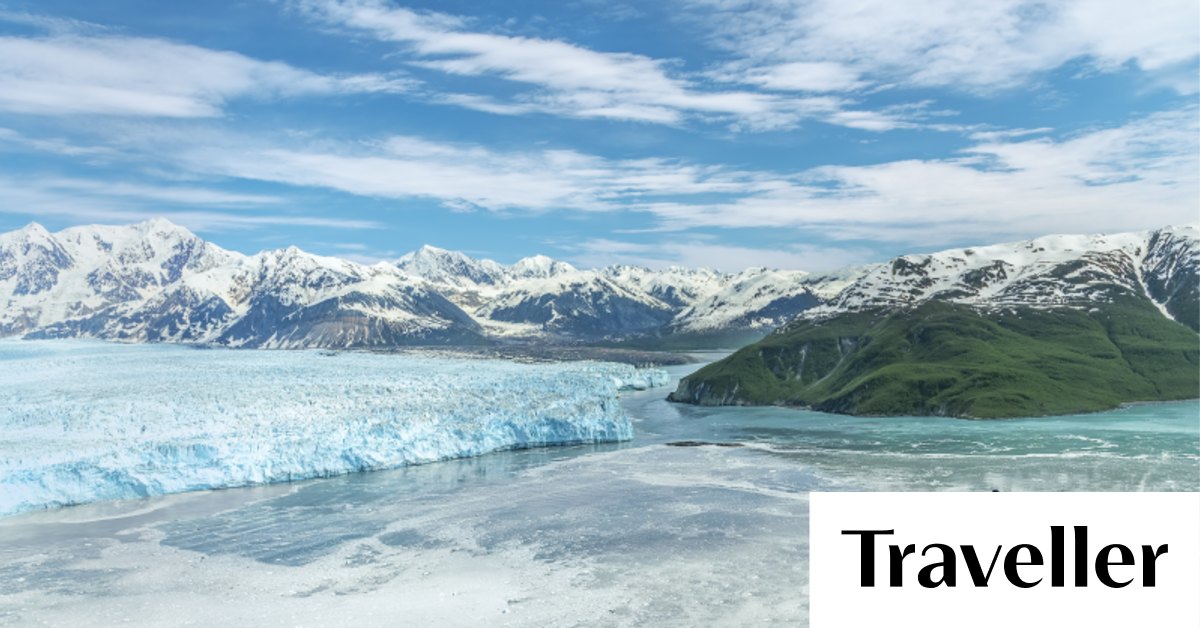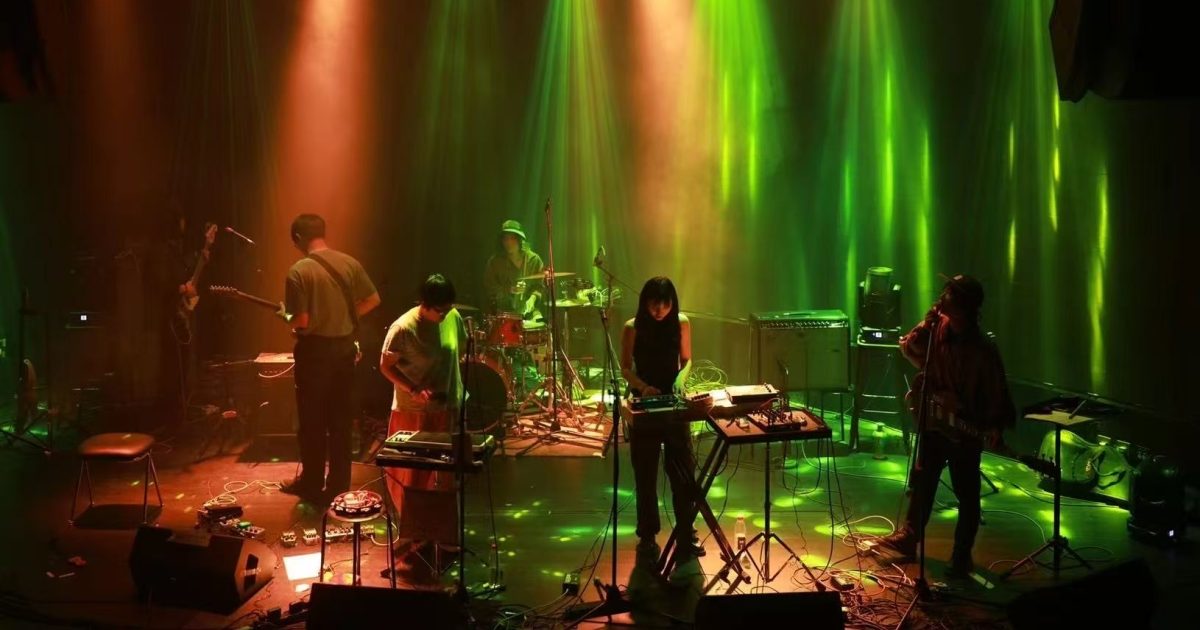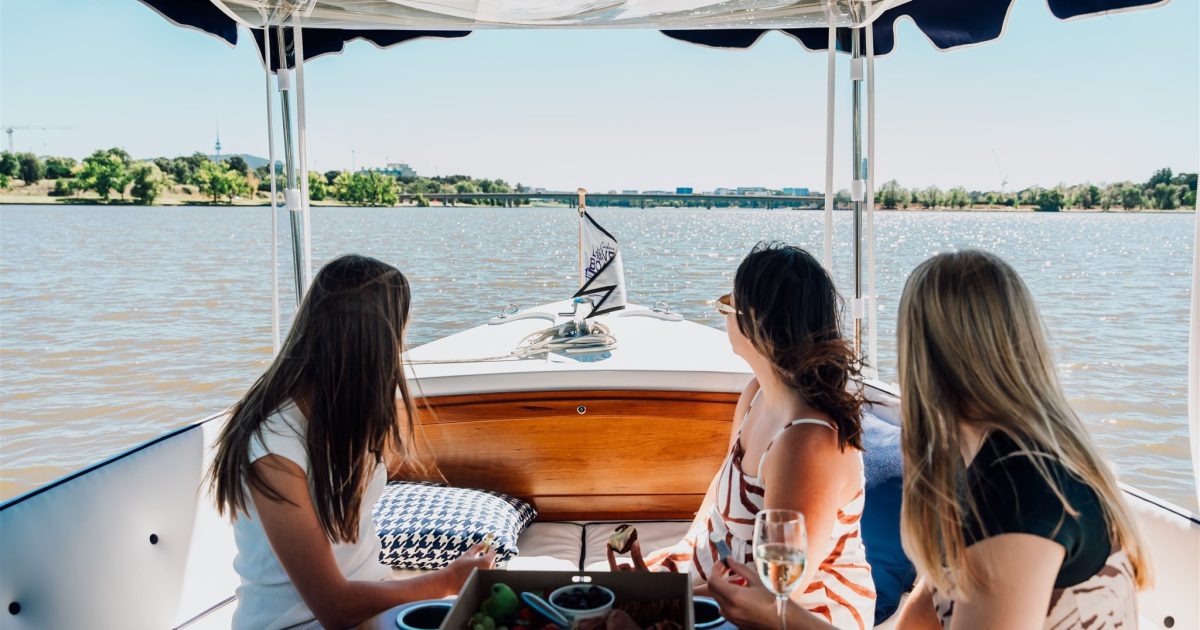But what grabs our attention are the icebergs – blue and glowing, there are hundreds of these ghostly icebergs scattered in the waters, resembling a series of bobbing cellophane sculptures that radiate a cerulean shade. As we float through the prismatic wonderland the sun disappears, as if sensing its demotion.
The following days bring port calls. At Icy Strait Point on Chichagof Island we watch adrenaline-seeking guests as they scream their way down a zip line, a one-and-a-half minute ride that drops 400 metres over the rainforest. We then stroll along the waterfront to Hoonah, a small Tlingit community nearby.
On Baranof Island, we explore the town of Sitka, where the 18th century Russian legacy is reflected in the dome of the remarkable St Michael’s Cathedral. In Haines, we look (unsuccessfully) for moose that sometimes wander through the streets, thanks to the Chilkat River Corridor that allows them to migrate. It pours in Juneau, but we pull up our hoods and follow the recently-inaugurated Totem Pole Trail. Erected in April 2023, it showcases 13 exquisite totem poles made by master carvers from the region.
Meanwhile, many guests revel in the array of shore activities: wildlife watching and sea kayaking, fishing with Bering Sea crab fishermen and cultural walks. They return with stories of seafood feasts and snaps of seabirds and sea otters. I’m envious.
Since spotting the bear, I’ve missed many sightings. Or so I discover when I eavesdrop on those guests chatting with Rachel at her designated afternoon post; videos appear of breaching whales and Steller sea lions. Animals seem to materialise when I’m dining which, given the ship’s tempting, high-quality cuisine, is frequently. I update my diary entries to record (in brackets) my wildlife failures: sockeye salmon (orcas); flambeed Baked Alaska (humpbacks) and chicken Tikka Masala (porpoises). Then there’s the Commodore’s specialty cocktails (bald eagles and mountain goats).
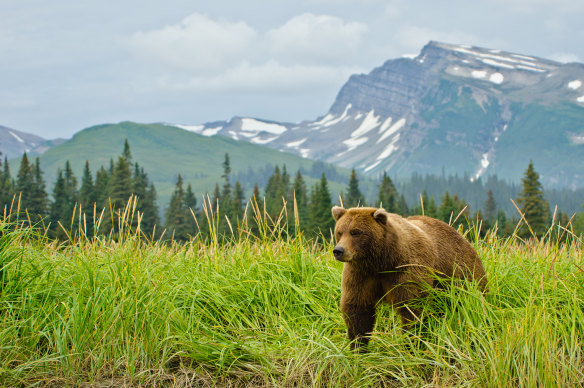
Keep your eyes peeled for wildlife on shore.
But the foodie highlight, and one of Cunard’s signature treats, is the traditional afternoon tea. This daily 3.30pm ritual takes place in the Queen’s Lounge, where small tables are prepared ornately with cloths and crockery. Envisaging the Dowager Countess in Downtown Abbey, I’m tempted to stick out my pinkie (I resist, though I find myself sitting ramrod-straight, nonetheless). Staff in white jackets proffer silver trays that are laden with petit fours and scones and jam, and pour tea from large pots.
In the evenings, the lounge morphs into a stately ballroom where couples, many in sparkly attire, waltz across the dance floor, especially on the ship’s formal gala nights, such as the Ice White Ball.
The sun reappears for our arrival at Hubbard Glacier, one of only seven advancing glaciers in Alaska. Guests take to the decks to soak up nature’s glorious exhibit: a massive turquoise-and-white curtain, topped with pinnacles and pierced with crevasses, cracks that form as the ice flows.
But the crown jewel is Glacier Bay National Park and Preserve, 500,000 hectares of mountains, fjords and icefields. The entire ship seems to be awake early, there’s a palpable frisson. Heavy rain sets in so guests spread themselves around the ship, claiming a patch of fogged-up window in the likes of the Cafe Carinthia (decent coffee) and the Golden Lion pub (excellent beer).
Of Glacier Bay’s many magnificent glaciers, Margerie Glacier is the visitor magnet. This active glacier flows for 33 kilometres from the Fairweather Mountains before emerging at Tarr Inlet.
The Queen Elizabeth proceeds cautiously through the fjord, dwarfed by the gorge. Stark grey-granite rock soars above. Here and there, massive U-shaped valleys – former glacial tributaries – hang beneath the ridge lines. Below in the tidewaters, chunks of ice, the result of calving (when ice breaks off) and plunges into the sea, clink melodiously like wind-chimes.
Eventually, we’re facing Margerie Glacier. Its immense size makes The Wall in Game of Thrones seem feeble. And I’m astounded to learn that it’s over 7.5 kilometres away. The ship spins slowly around, providing all guests a chance to view it from their balconies. There is a hushed silence; nature has transformed us. And it doesn’t stop.
A family of orcas greets us in the harbour of Ketchikan, a frontier port known for the seasonal salmon run when, from a boardwalk viewpoint in the quaint and historic Creek Street, visitors can observe Pacific salmon battle their way up the creek. In the harbourside city of Victoria, Vancouver Island, we pedal our way to the glorious grounds of Government House, a surprising alternative to the island’s beautiful Butchart Gardens.
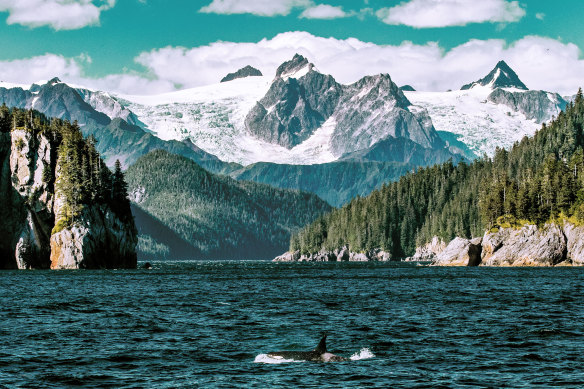
Orcas patrol the waters.Credit: iStock
But it’s always a delight to return to the ship, greeted by cheerful staff who create a seamless journey, ready with towels and extra glasses and restaurant reservations.
Which brings, or rather takes, me back to the 19th century. Describing her trip to Alaska aboard SS Queen in 1890, a passenger and diarist Septima Collis, said she found: “everything in apple-pie order, clean, neat, spacious, and thoroughly comfortable…”
She asserted that “…to those of us who are fond of travel and adventure this is a very important matter, for unless we find ourselves in a contented frame of mind, we are in no mood to appreciate the surroundings.”
My own conclusion? Different century, similar sentiment. At least when aboard the Queen Elizabeth.
THE DETAILS
CRUISE
Cunard’s ten-night sailing through the Inside Passage departing Vancouver on Queen Elizabeth (based on a June 2024 departure) starts from $2349 a person twin share. See cunard.com
MORE
Read The Naturalist’s Guide: Wildlife and Wilderness along Alaska’s Inside Passage by Rachel Cartwright
See travelalaska.com
The writer was a guest of Cunard Line.


